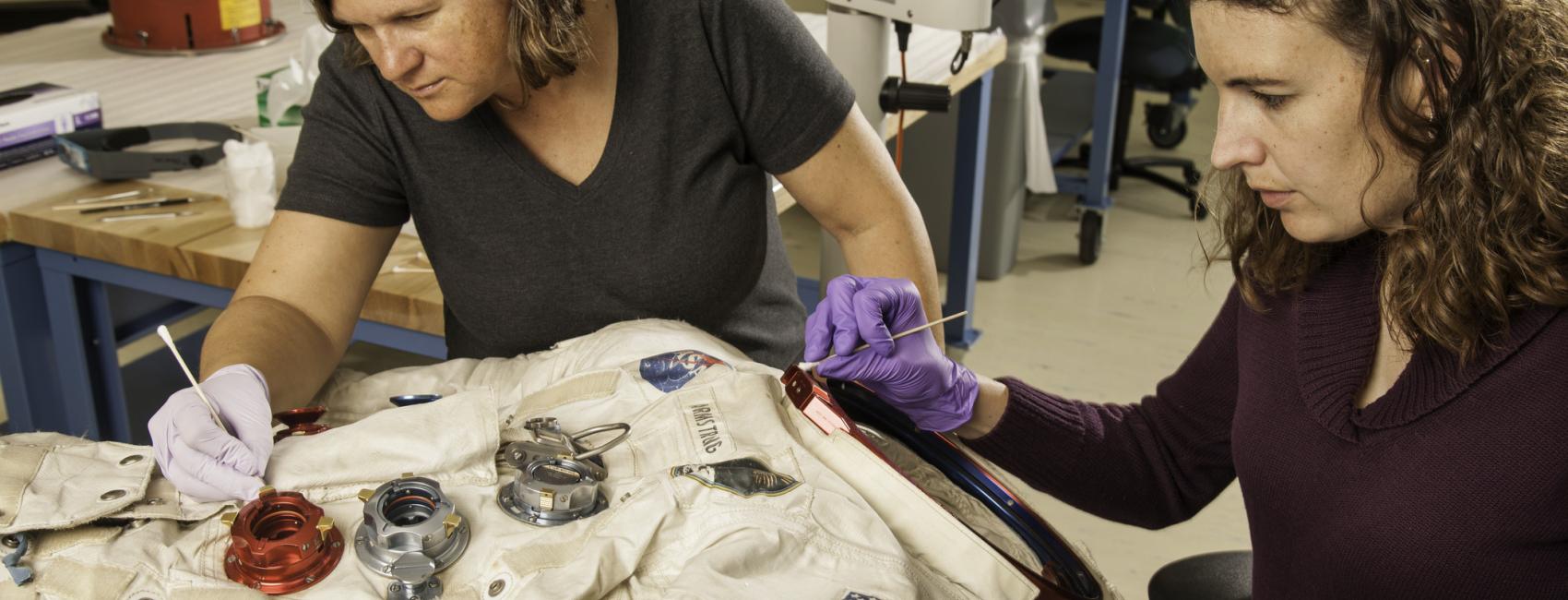
Sep 27, 2024
By Amanda Rudolph
The rocks on the surface of Mars are one of the main resources we have for learning about the Red Planet. But how do we know what these rocks are and what they mean for the types of geologic environments in which they were formed? Spoiler alert: Mars and Earth have many of the same types of rocks!
On Earth, rocks are classified into three types, (1) igneous (2) metamorphic, and (3) sedimentary. Igneous rocks form through volcanic processes where subsurface magma reaches the surface as lava. When lava cools and solidifies, it is an igneous rock. Metamorphic rocks form beneath the Earth’s surface. They require an already existing rock to be exposed to a combination of high heat and temperature, which most often occurs near the boundary between tectonic plates, where large slabs of rock are being dragged beneath the Earth’s surface through tectonic forces. Sedimentary rocks form when already existing rocks are broken down into sediment (“dirt” of various sizes) and then are eventually compacted and cemented together to form a new rock. All three of these rock types are major components of the rock cycle, which describes the transitions between these different rock types through physical changes and environments that they encounter.
The rock cycle showing where different types of rocks form and how they interact at the surface and subsurface on Earth.
Mars and Earth are both planets that are made up of rocks, but they are not exactly alike! For example, Mars is about half the size of Earth, is farther out from the Sun in our solar system, does not have as thick of an atmosphere, and most importantly for understanding the rocks on Mars, is that it doesn’t have tectonic plates. Since plate tectonics and the subduction of tectonic plates into the higher pressure and temperatures beneath the surface do not occur, the formation of metamorphic rocks is much harder on Mars. This can happen through something like an impact event that forms many of the large craters we see on Mars, and there are also some “low-grade” metamorphic rocks, meaning that they can form at more shallow depths that can occur just with the burial of materials rather than plate tectonics.
The most abundant type and composition of rocks on the surface of Mars is also different than what we have on Earth. On Earth we have two distinct types of crust, oceanic and continental. The oceanic crust is primarily made up of basalt while the continental crust is primarily made up of granite. Most of what we see on Earth is on the continental crust, so we see more granite in our day to day (maybe even on your kitchen counter!). But on Mars, basalt is the most dominant rock. Think about the white sand beaches and deserts on Earth, most of them are made up of quartz-rich sands from the breakdown of granite and other similar rocks, but if you were to go to the beach on Mars, the sand would be black like the basalt sand beaches in Hawaii and Iceland. Also, the beach would be about 150 °F cooler so not quite as relaxing (I would recommend switching out your icy tropical drink for a hot cocoa)!
Most of what we know about the rocks on Mars are from space missions sent to the planet that include a combination of orbiters, landers, rovers, and one day humans! But we also already have rocks from Mars here on Earth in the form of meteorites. Scientists analyze the different atmospheric gases trapped in meteorites we find here on Earth and can trace their origin back to other places in the solar system, including Mars. As of now, in the collection of Martian meteorites, we only have found igneous rocks from Mars. Whether you’re a space enthusiast or just curious about rocks that didn’t come from Earth, the Smithsonian’s Natural History Museum has a large collection of meteorites on display and presents another fascinating way to explore the wonders of the universe.

We rely on the generous support of donors, sponsors, members, and other benefactors to share the history and impact of aviation and spaceflight, educate the public, and inspire future generations. With your help, we can continue to preserve and safeguard the world’s most comprehensive collection of artifacts representing the great achievements of flight and space exploration.
We rely on the generous support of donors, sponsors, members, and other benefactors to share the history and impact of aviation and spaceflight, educate the public, and inspire future generations. With your help, we can continue to preserve and safeguard the world’s most comprehensive collection of artifacts representing the great achievements of flight and space exploration.